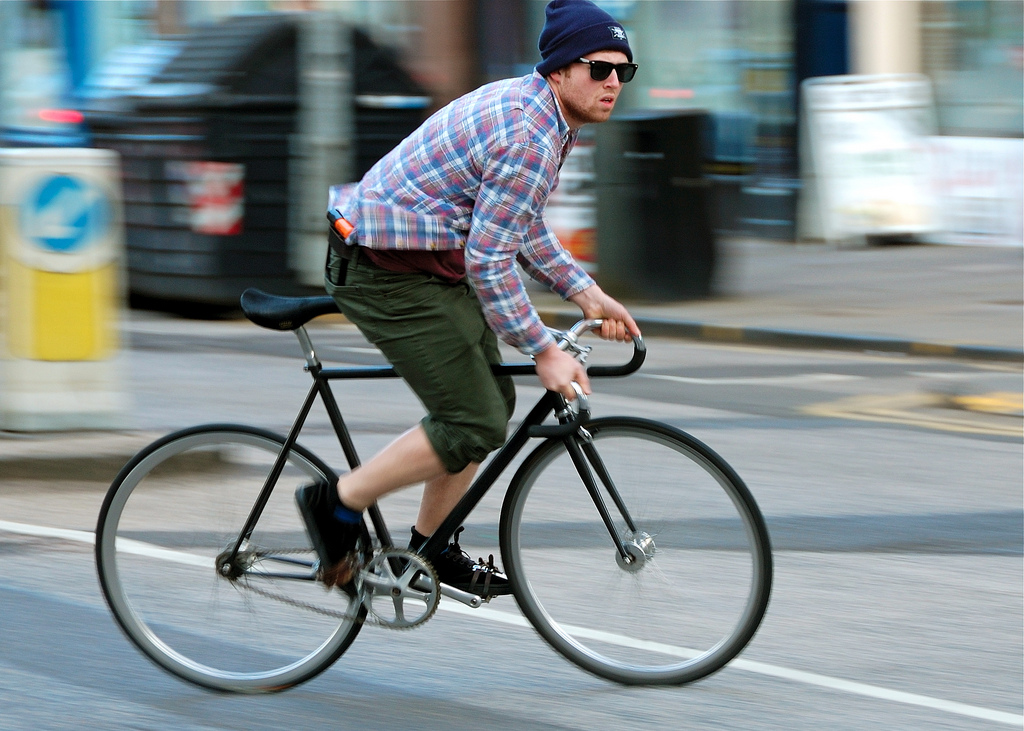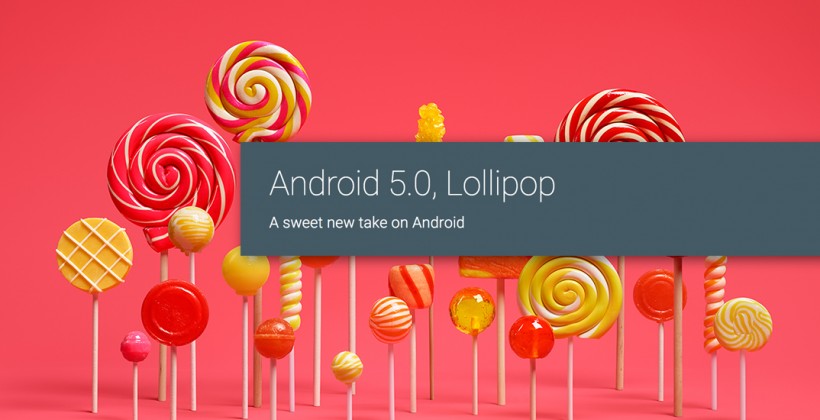If you are one of those who are adamant that no matter how far technology can go, it will never replace the human brain and plain common sense, here’s one more arrow for your quiver. Google’s futuristic self-driving cars may have proven themselves to be twice as safe as the average human driver but they are still incapable of predicting other motorists’ actions correctly, as one comical incident in Austin, TX recently brought to light.
Here’s what happened: a cyclist and Google self-driving car met at a four-way stop and the rider did a track stand — the motion when cyclists slightly rock back and forth to maintain balance, while their feet remain on the pedals. The cyclist claims when he did a track stand, Google’s self-driving car came to a full stop.
“I did a track-stand and waited for it to continue on through,” the cyclist wrote on an online bike forum, as reported by the Washington Post. “It apparently detected my presence (it’s covered in Go-Pros) and stayed stationary for several seconds. It finally began to proceed, but as it did, I rolled forward an inch while still standing … the car immediately stopped. I continued to stand, it continued to stay stopped. Then as it began to move again, I had to rock the bike to maintain balance … it stopped abruptly.”
[blockquote type=”left”]“We repeated this little dance for about 2 full minutes and the car never made it past the middle of the intersection. the two guys inside were laughing and punching stuff into a laptop, I guess trying to modify some code to ‘teach’ the car something about how to deal with the situation. The odd thing is that even though it was a bit of a CF, I felt safer dealing with a self-driving car than a human-operated one.”[/blockquote]
But, come to think of it, hat actually made sense. If Google’s cars perceive a human, car, or cyclist in motion, they automatically stop. This is also a glimpse into how the testing program uses actual humans to “teach” the car to understand the countless unexpected things it might discover on the road. At Google I/O this year, Astro Teller gave us another glimpse into the testing process—which is challenging in part because Google’s testing team must recreate the nearly countless surprises a car could face on the road. Those tests included throwing beach balls at the car as it drives down the road, having a (fake) bird attack or swoop down towards it, and amazingly, having humans pop out of bags in the middle of the street.
The Washington Post also points out that Google received a patent this past spring that will enable self-driving cars to identify cyclists and their hand signals better, along with measuring the distance between the pavement and the top of a stationary cyclist’s head.
Images used for representative purposes only




